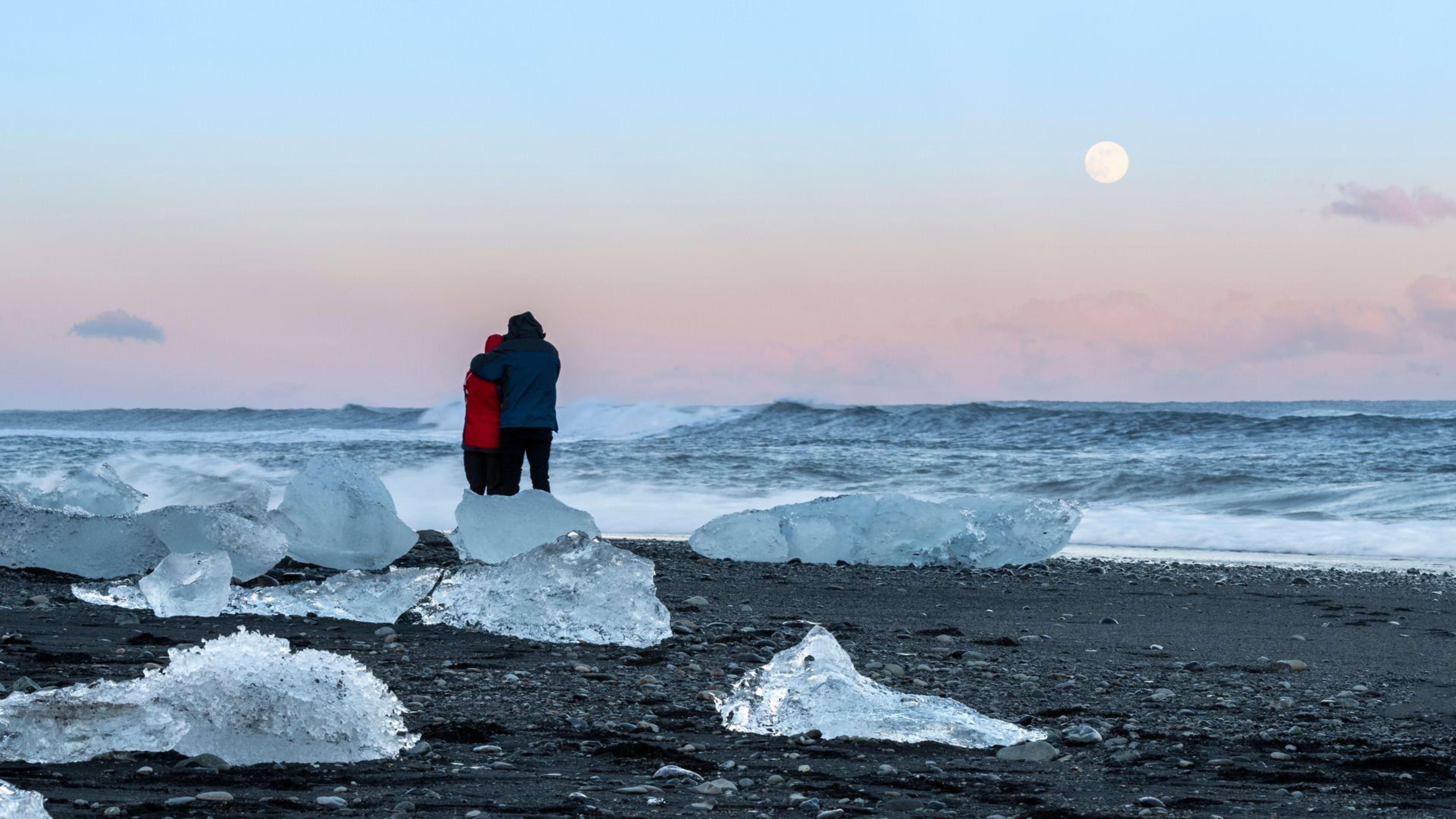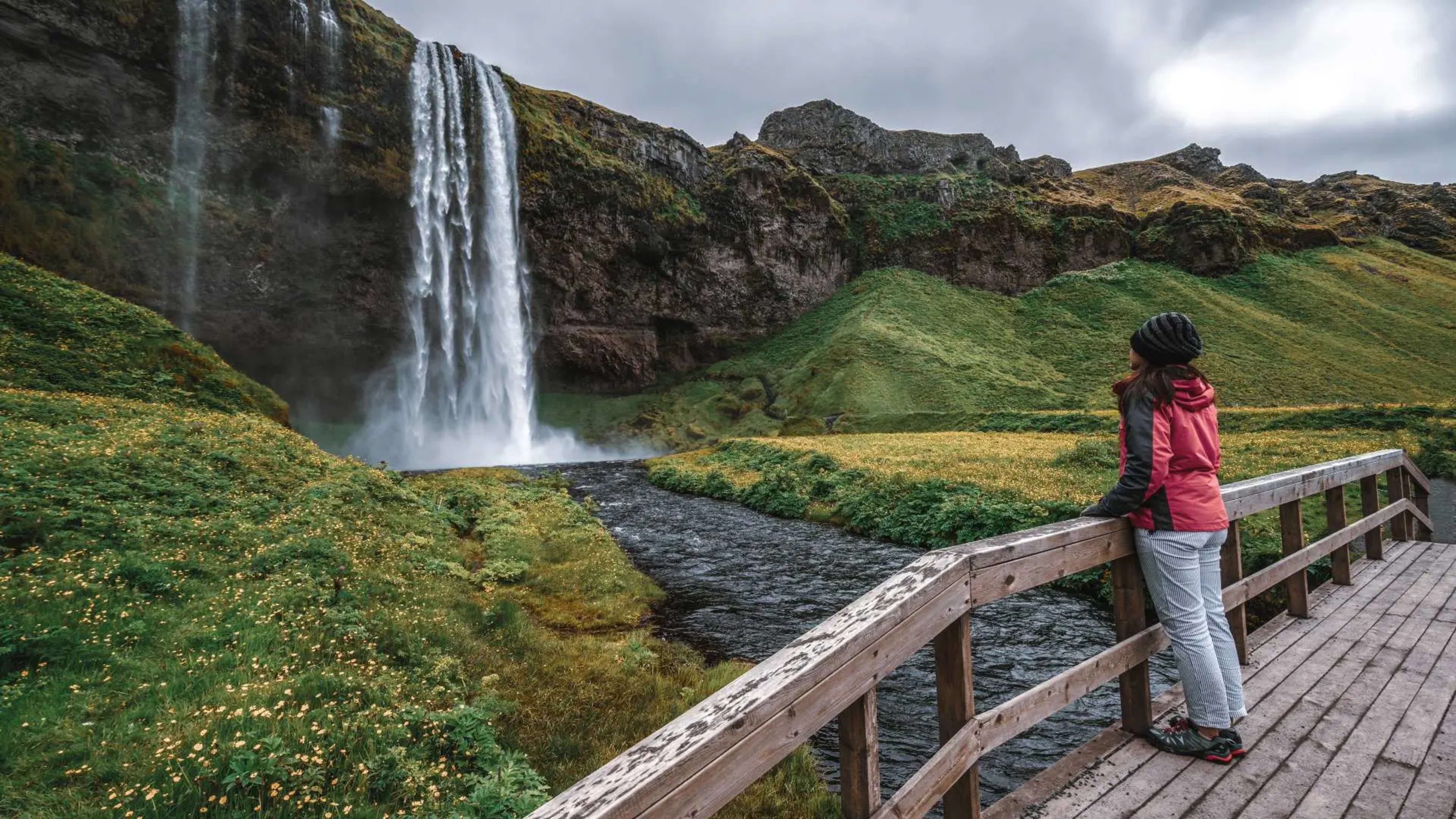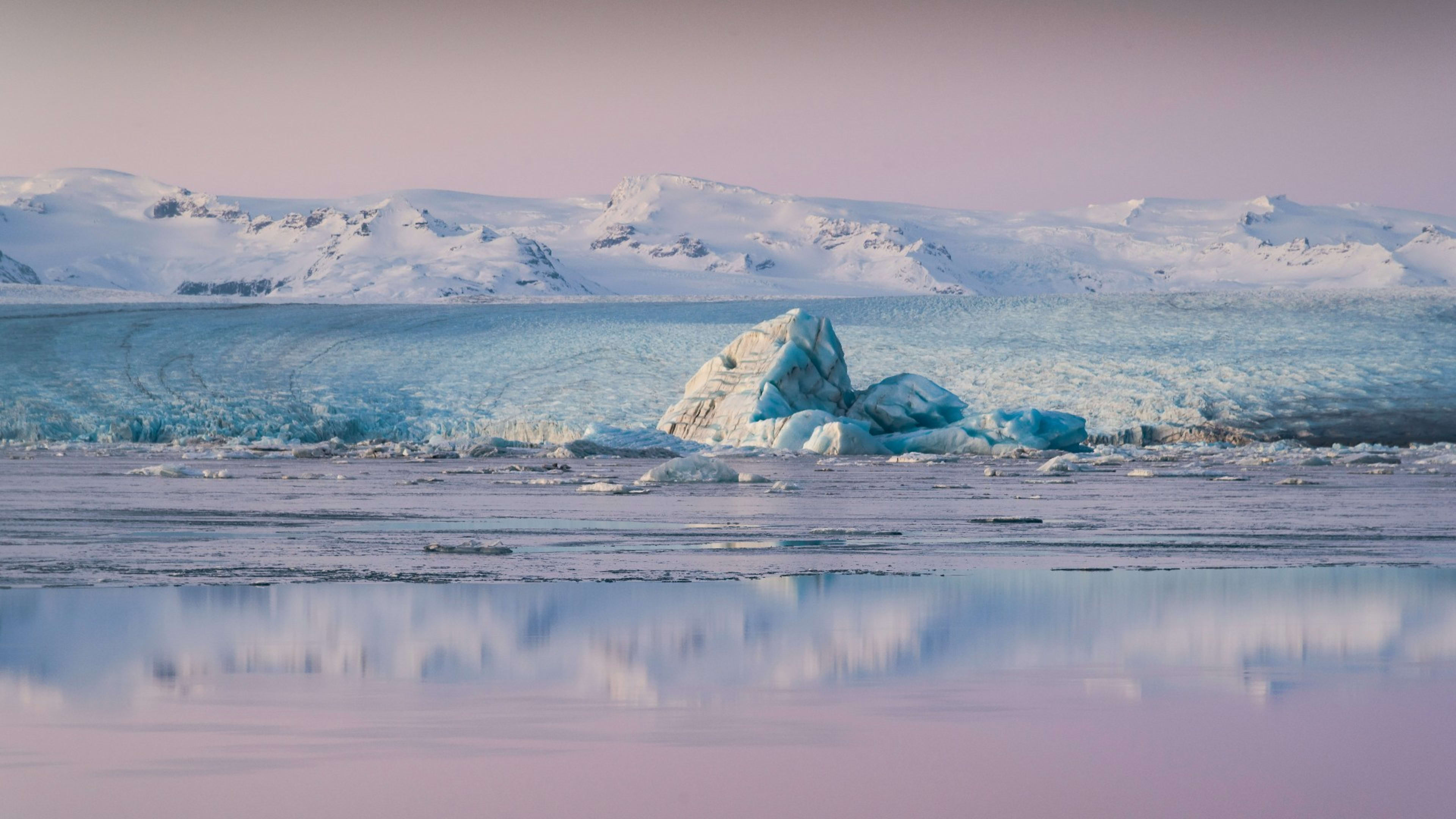Your guide to Vatnajökull glacier
Vatnajökull National Park is one of Iceland’s most outstanding areas of natural beauty. In this national park, you’ll find some of Iceland’s most stunning landscapes. What’s more, it’s home to Europe’s largest glacier.
When you visit Vatnajökull National Park, you’re spoiled for choice with hiking trails, local wildlife, glacial rivers, glacier lagoons, and more. Exploring the glacier itself with a guide, you can enter ancient blue ice caves and even snowmobile across the ice cap.
Covering an area over 14,000 square kilometers (5,460 square miles), the national park and glacier make up 14% of the total landmass of Iceland.
The country’s highest peak can also be found here. Hvannadalshnjúkur is 2,110 m tall (6,920 ft), making it Iceland’s highest mountain: but there’s a twist. The peak sits on the rim of a summit crater of a volcano!
Volcanic eruptions are what have shaped Iceland to be the breathtaking country it is today. Sitting under the ice cap in the national park are a few volcanoes (notably Öræfajökull), but there’s no need to worry about volcanic activity on your trip.
Find out more about what to expect when visiting Vatnajökull National Park: we’ve answered some FAQs below to help you get started.










